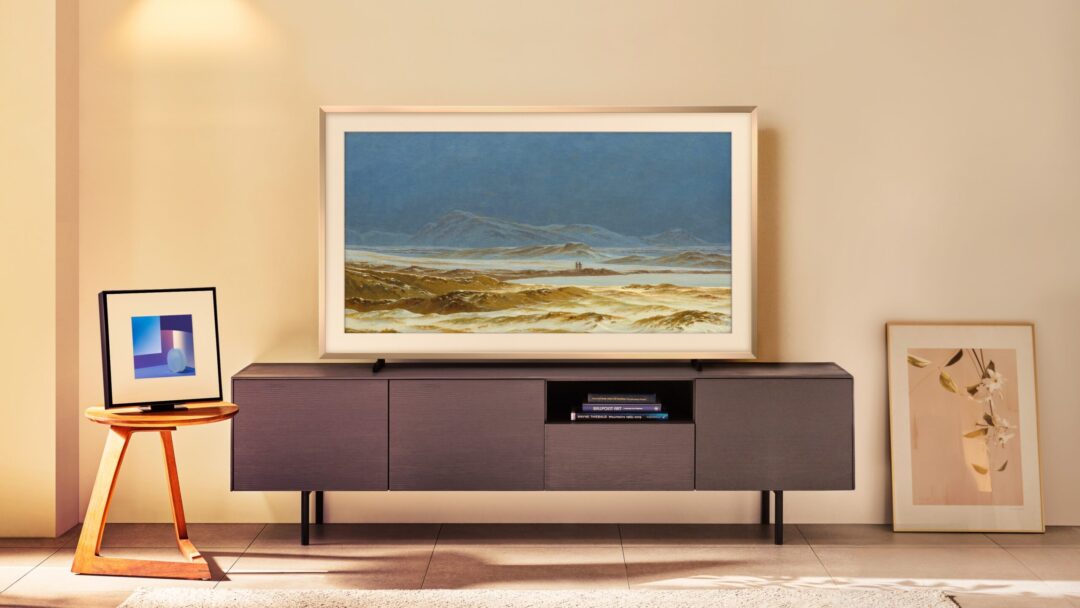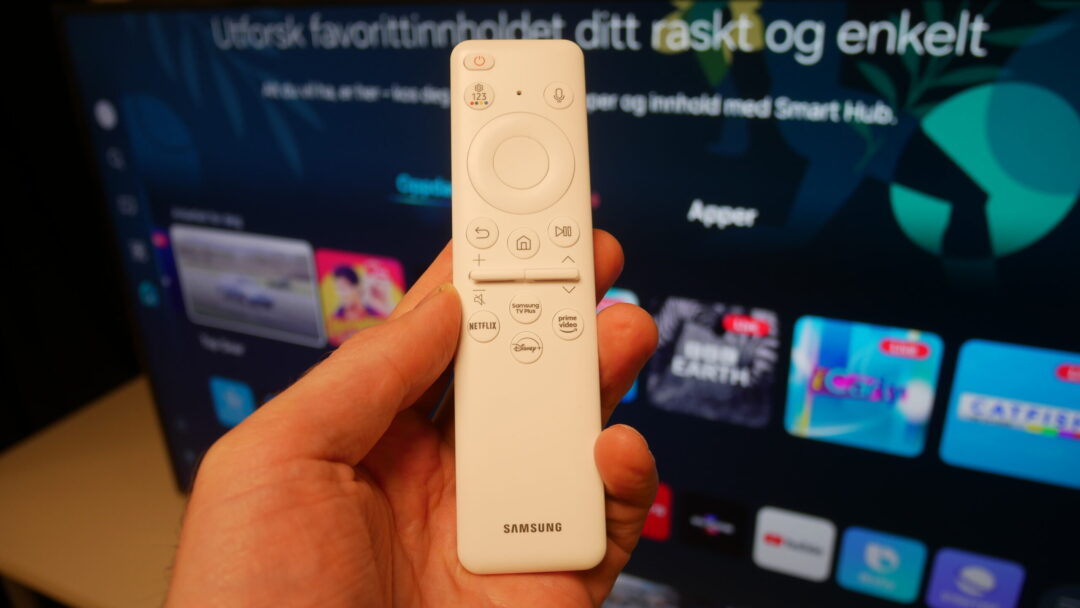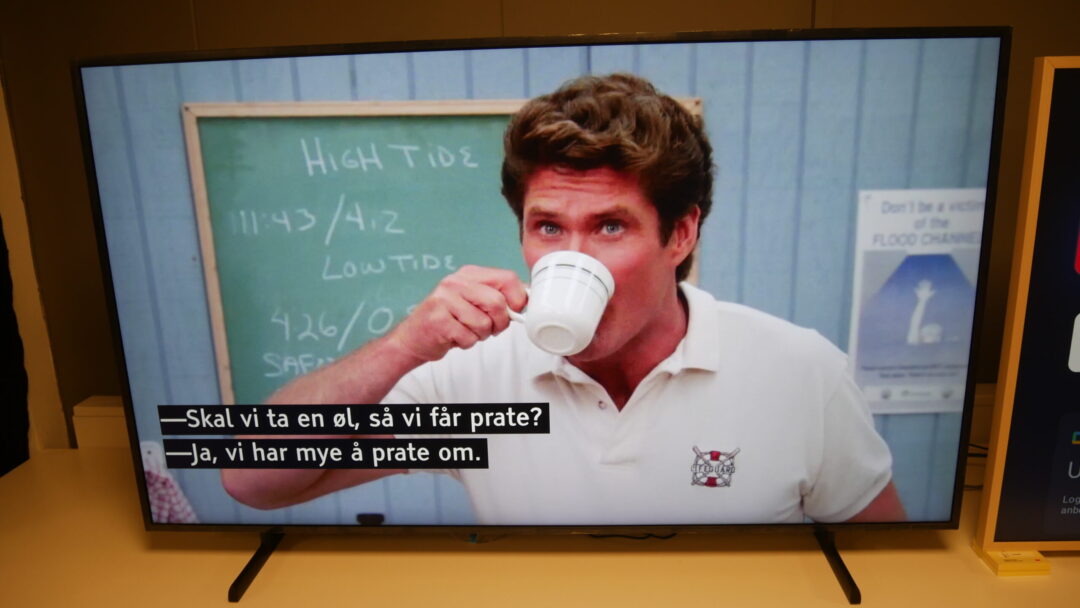The Frame is by far Samsung’s most popular TV ever, and it’s not hard to see why. Having a TV that looked like a picture frame was long a utopian dream for the super rich, but when the original was introduced in 2017, you suddenly had an alternative that was accessible to most people.
With a sleek design, interchangeable frames and a clever wall mount, The Frame was an instant hit and has lasted for generations ever since. It’s never been a high-end TV with superb picture quality, but it’s still a firm favourite in decor-conscious homes. If you’re lucky enough to find a property advert where they’ve kept the TV in the living room, you can bet it’s a Frame.
The 2024 model LS03D has been on sale for a while now and is fundamentally very similar to its predecessor LS03B, which dates back to 2022. With the challenger NXTFRAME knocking at the door, it might be interesting to check out what’s new and changed since then!
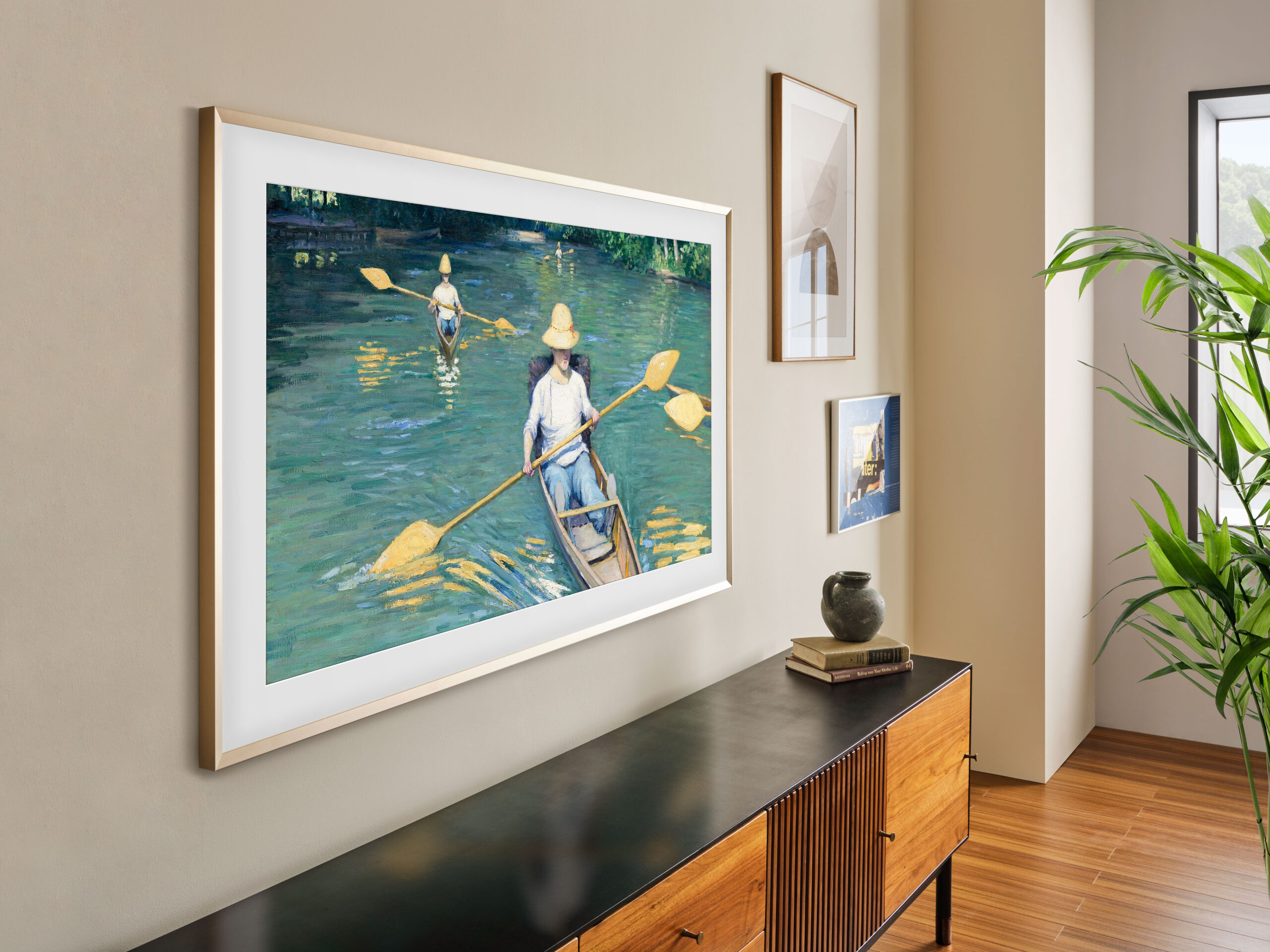
Samsung The Frame (2024)
The TV screen has exactly the same shape and physical dimensions as its predecessor. This means a slim design where the entire screen is flat all the way round with no protruding parts. This makes it possible to mount the screen flush to the wall with Samsung’s own wall mount. However, The Frame also has a VESA mount for those who want to use other wall mounts. It also comes with feet that make it possible to mount the TV at two different heights.
The Frame is available in the same screen sizes from 43 up to 85 inches. You can use the same interchangeable frames on this model as on its predecessor LS03B, but they are still optional. Frames in white and various wood colours are available as options, while the screen itself is black. You should consider a set of frames, otherwise it can look a bit grey and boring. Maybe a colour that matches the floor or another piece of furniture?
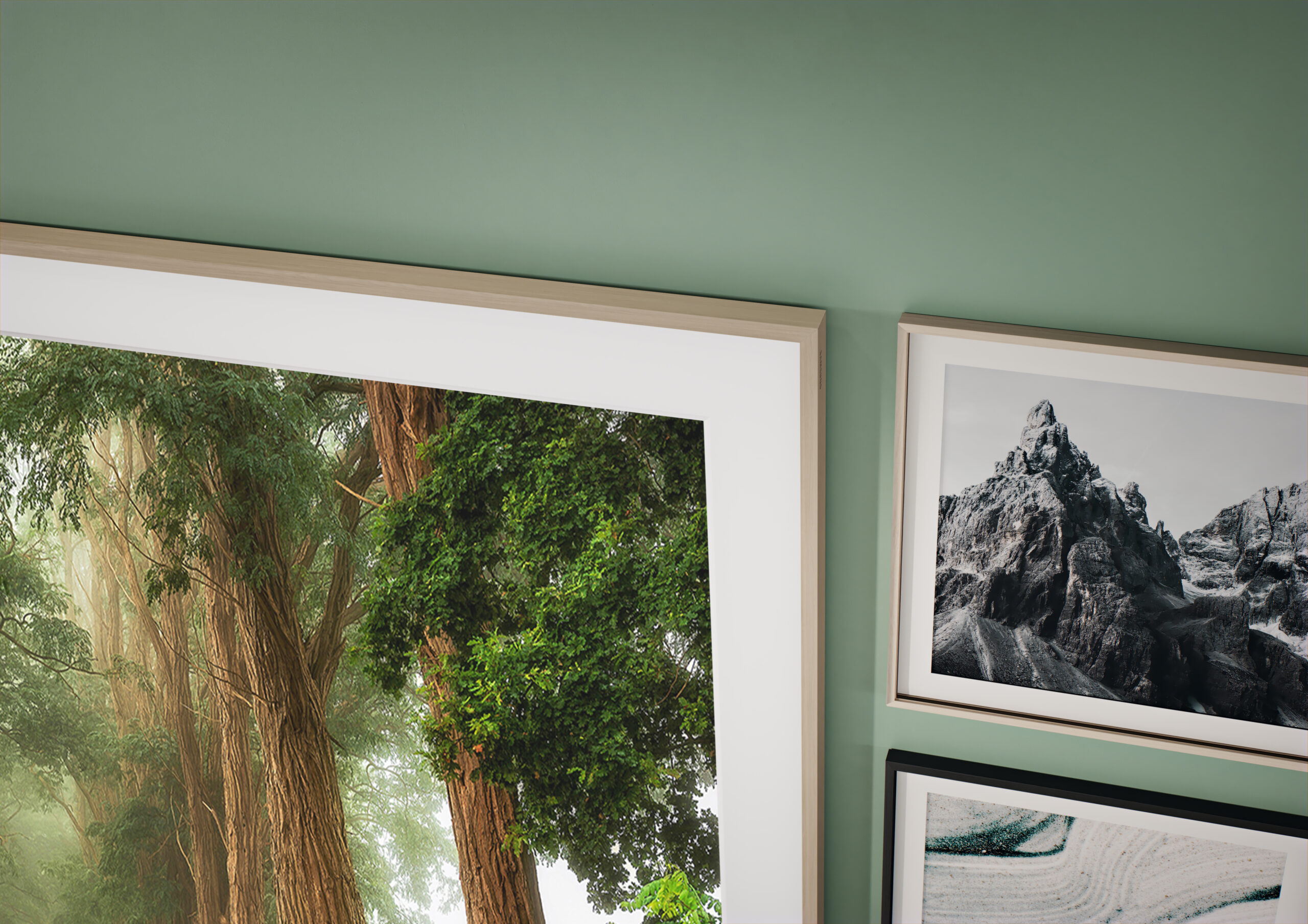
Ease of use and features
On the smart front, The Frame differs from NXTFRAME by using Samsung’s own operating system called Tizen. Samsung is good at keeping it updated with new features and apps. Among the latest is the Samsung TV+ streaming service, which provides access to many free (ad-funded) TV channels with news and entertainment like Top Gear, Bloomberg and Baywatch.
The well-established Art Store is an exclusive service dedicated to The Frame. This subscription-based service (€5 per month) provides access to a wide range of original works from recognised photographers and artists. Samsung has agreements with a number of world-renowned museums and art galleries such as MoMa and the Metropolitan Museum of Art in New York. So your walls at home can be adorned with art from Vincent van Gogh and Piet Mondrian or Carl Larsson. And if you don’t want to subscribe to fancy art, you can upload your own photos via the SmartThings app.
Excellent connectivity
In order for the monitor to hang neatly on the wall without a lot of wires, the power supply, connections and other electronics are hidden in the separate One Connect box, which connects to the TV with a thin cable.
Frame supports HDMI 2.1 and 4K/120Hz on all four inputs. There’s also support for key gaming features like VRR. Samsung’s own Game Bar provides a full overview of the different settings. We measured the input lag at around 12.5 milliseconds at 1080p/60Hz in gaming mode.
Please note that only screen sizes from 55’ and upwards support 120 Hz video signals. The smaller Frame models have a lower refresh rate of 60 Hz.
Picture quality
The Frame also uses the same type of LCD picture panel and video processor as the two previous generations, with a matte surface to counteract glare. The Frame also has light sensors that correct the colour reproduction according to the lighting conditions in the room.
Inside, it’s still a relatively ordinary LCD TV with 4K resolution, QLED colour filter and edge-mounted Dual LED backlighting. In other words, there’s no fancy MiniLED technology that we can find on more expensive Samsung models like the S90D or QN85D.
However, Samsung has taken care to get the display Pantone Validated, which means they’ve gone the extra mile at the factory to ensure that the display can reproduce different photographs and paintings accurately compared to the original.
So how does it all look in practice? Quite well, actually. As expected, the latest Frame model is very similar to its predecessors, but the first impression is that Samsung has done a good job with colour reproduction. The colours appear strong and clear, while being relatively neutral and having a large colour space.
It may not be ‘QD-OLED’, but the display still has an impressively wide colour gamut that brings out the nuances of different images. Samsung is at its best here compared to TCL, which doesn’t have quite the same richness of colour and detail.
The brightness is excellent, with enough light to provide an image in bright environments. The matte surface makes the screen pleasantly free from reflections and mirror images, but also has an impact on how it looks during normal TV viewing. The image is impressively clear and sharp, but depending on the lighting conditions it can also appear less ‘polished’. This was also something we observed during our test of the flagship Samsung S95D.
As with most LCD monitors, the contrast is in the centre of the field and we would have liked to see an even greater dynamic range from dark to light. The Frame is very similar to the TCL NXTFRAME in this respect. However, Samsung has a more efficient image processing that helps make the best of the situation.
For example, The Frame manages to emphasise more detail in the dark parts of an image, while there is generally a little more light throughout. The TCL, on the other hand, tended to lower the brightness too much, even though we had switched off all power saving.
The Samsung screen is also better for motion in general, whether it’s fast-paced sports broadcasts or fussy film viewing. The different picture modes work well for their purpose. The motion smoothing creates smooth images, but you can also choose to switch it off when you want to watch feature films without artificial smoothing.
In comparison, the TCL NXTFRAME seems to struggle a bit in the fastest sequences. In some film scenes with fast action and/or camera movements, we experienced some unevenness and discontinuities that weren’t as apparent on the Samsung display.
The overall impression we are left with is that Samsung has a more refined and well-functioning image processing than its TCL competitor. This in turn leads to better sharpness, making the small details in an image stand out more clearly.
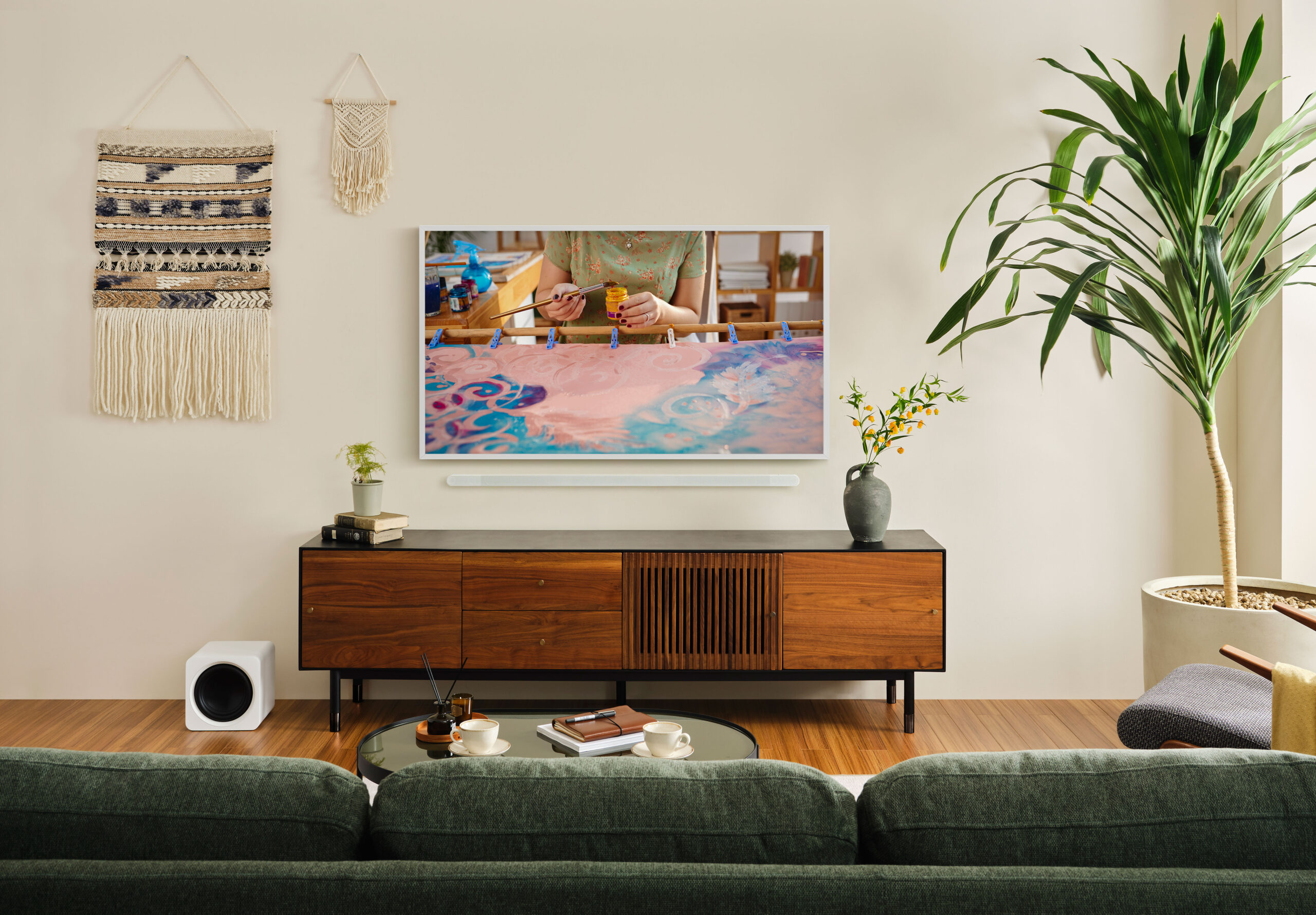
Sound quality
On the audio side, Samsung The Frame is equipped with some compact, bottom-mounted speakers and some small drivers on the back. The sound is pretty much as you’d expect, rather weak and uninspiring. The voices are there, but they just don’t come out properly. There’s no bass to speak of either.
Therefore, it’s obvious that The Frame should be paired with a suitable soundbar and preferably a wireless subwoofer. At least if you have ambitions for anything resembling ‘home cinema’ sound.
Samsung doesn’t have an exclusive audio partnership with Bang & Olufsen like TCL does, but their own speaker division has proven to be competent enough. The latest addition is the Music Frame speaker, and you can connect two of these to your TV for stereo sound.
We’ve also tested many great soundbars from there and can recommend the compact S711D, available in black or white, as a good match for The Frame. This one also has the advantage of connecting wirelessly to the TV, which means you can ditch the HDMI cable – it just needs a power cord.
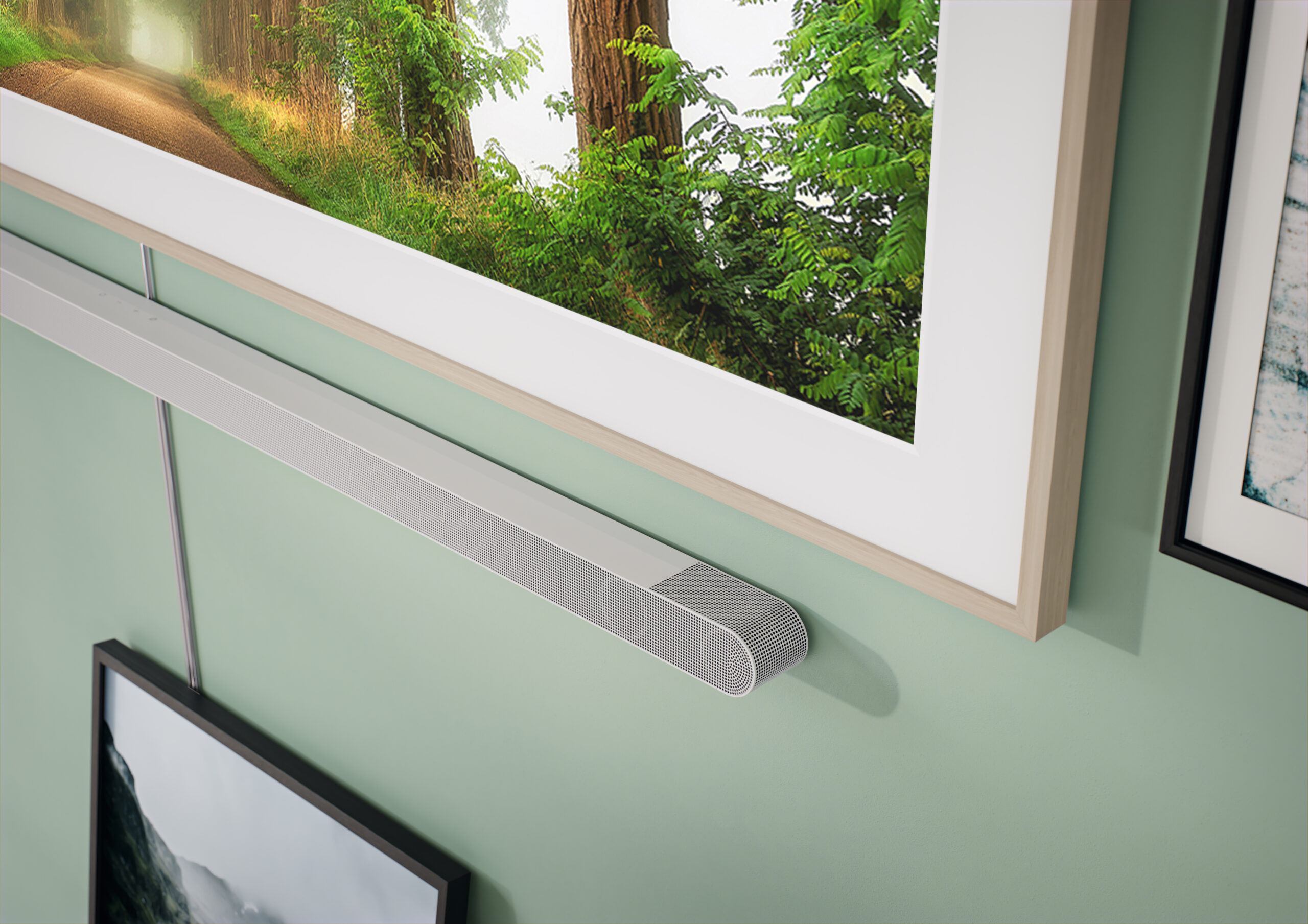
The conclusion
This year’s test of Samsung The Frame offers no big surprises. The 2024 model is very similar to the previous two generations and does not represent a revolution in terms of design, image or sound. The solution with a separate tech box and a thin cable is still very smart.
Moreover, the smart features have been refined a lot since the last generation, which means that user-friendliness has been well taken care of. As an ‘art TV’ on the wall, The Frame is a slightly more sophisticated option than the TCL NXTFRAME, thanks to Samsung’s Art Store. But it also comes at an extra cost for a subscription.
The image reproduction is characterised by the fact that it’s a relatively ordinary LCD screen on the inside, but the quality is good. Colour reproduction is good and sharpness is excellent, although you have to do without the dazzling contrast of the hottest OLED displays. The sound quality is about as thin as the frame around it, but this is solved with separate speakers.
All in all, Samsung The Frame is still – after all these years – one of the most versatile TVs you can buy. And the original is still the best!

We think
Samsung The Frame is a modern TV with good build quality and a sophisticated, sleek design with plenty of smart features. The picture quality is sharp and suitable for varied TV content. Contrast is mid-range due to a traditional LCD panel without local dimming. Frames are optional. Lacks support for the HDR format Dolby Vision.
1499 €
Specifications
- Size/type: 55″ 4K QLED LCD (Edge LED)
- Resolution: 3,840×2,160 (4K Ultra HD)
- Panel frequency: 120/144 Hz
- Operating system: Tizen OS
- Inputs: 4 HDMI (4 x 2.1), 2 USB
- Outputs: HDMI eARC
- HDR: HDR10+, HDR10, HLG
- Gaming: VRR, FreeSync, G-Sync
- Screen sizes: 43‘, 50’, 55‘, 65’, 75’, 85’
- Other: Separate One Connect box
- Web: samsung.com
